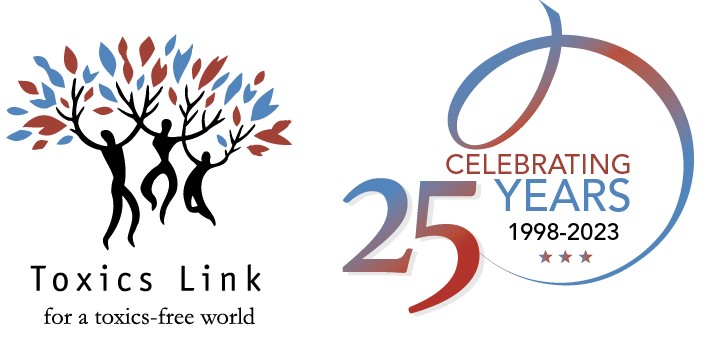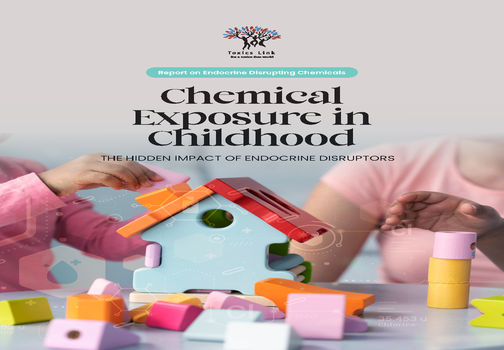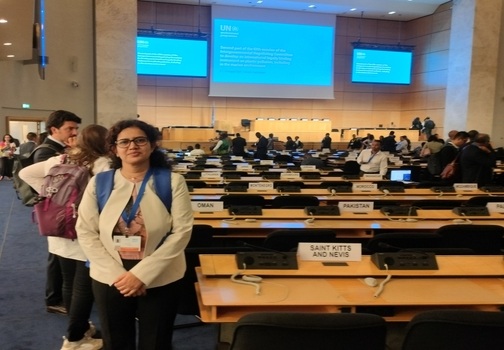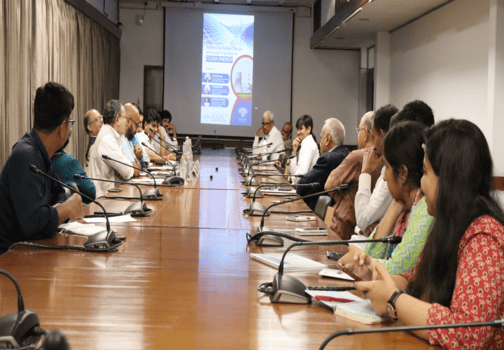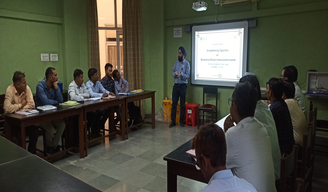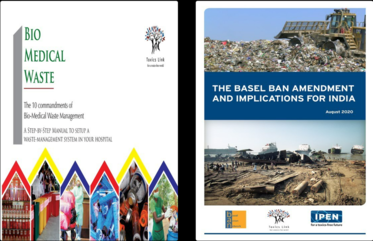Treatment of Polluted Water
GOVERNMENT OF INDIA
MINISTRY OF JAL SHAKTI
LOK SABHA
UNSTARRED QUESTION NO: 3110
ANSWERED ON: 16.12.2021
Treatment of Polluted Water
Rajveer Diler
Will the Minister of JAL SHAKTI be pleased to state:-
(a) the action being taken by the Government for the treatment of polluted and toxic water and sewages discharged into the tributaries of Yamuna river;
(b) whether the Government proposes to take appropriate steps to treat the polluted water containing toxic chemical of Aligarh drains flowing into the tributaries of Yamuna river and if so, the details thereof;
(c) the steps taken by the Government to save the common people, animals and birds from pollution occurring in Hathras Lok Sabha Constituency; and
(d) if so, the details thereof?
ANSWER
THE MINISTER OF STATE FOR JAL SHAKTI
(SHRI BISHWESWAR TUDU)
(a) Government of India (GOI) has launched the Namami Gange Programme, an integrated umbrella programme, aimed to ensure effective abatement of pollution and conservation of river Ganga and its tributaries, including river Yamuna. GOI is supplementing the efforts of the State Governments in addressing the challenges of pollution of river Ganga and its tributaries by providing financial and technical assistance.
Under Namami Gange Programme, 24 sewerage infrastructure projects at an estimated cost of Rs.4773 crore have been sanctioned for creation / rehabilitation of 1940 Million Litres per Day (MLD) Sewage Treatment Plant (STP) capacity in Yamuna river basin, including tributaries (Hindon and Chambal) of river Yamuna. These 24 projects are spread in Himachal Pradesh (1 project), Haryana (2 projects), Delhi (10 projects), Uttar Pradesh (10 projects) and Rajasthan (1 project). Out of these 5 projects have been completed.
Stringent monitoring, regulation and enforcement towards compliance of Grossly Polluting Industries against regulatory framework mandated under Consent mechanism issued in respect of provisions of Water (Prevention and Control of Pollution) Act, 1974 is undertaken through Central Pollution Control Board (CPCB), State Pollution Control Boards (SPCBs) and Pollution Control Committees (PCC).
Contd…P/2
//2//
Industry specific effluent/emission standards are notified by Ministry of Environment, Forest & Climate Change under Schedule-I: ‘Standards for Emission or Discharge of Environmental Pollutants from Various Industries’ of Environment Protection Act, 1986. State Pollution Control Boards and Pollution Control Committees in States and Union Territories respectively are to ensure compliance of these standards. So far, 47 industry specific effluent standards and 63 industry specific emission standards have been notified.
Sector-specific Charters are implemented in industrial sectors, viz., Pulp & Paper, Sugar, Distillery and Textile and their compliance is verified through regulatory monitoring through technical institutions.
In Haryana, there are 14 Common Effluent Treatment Plants (CETPs) with total capacity of 161.5 MLD and in Delhi there are 13 CETPs with capacity of 212.3 MLD in the Yamuna basin.
Financial assistance is also provided under Namami Gange Programme to industrial clusters to upgrade/ augment their CETPs. Upgradation of one CETP project in Mathura for textile industrial cluster has been taken up.
(b) to (d) As informed by Uttar Pradesh Pollution Control Board (UPPCB), there are 26 polluted industries identified in Aligarh discharging their treated effluent in Aligarh drain, which is also passing through Hathras district, where 11 polluting industries are identified. This drain ultimately meets river Yamuna at Morewali Dargah in Agra. All the industries are allowed to function with adequate effluent treatment facilities, which are being regulated under provisions of existing environment laws.
As informed by Aligarh Nagar Nigam, the polluted water of Aligarh drain and Jafri drain is being treated under a pilot scheme using phyto remediation technology. Further, construction of a STP of 45 MLD capacity has also been taken-up by Uttar Pradesh Jal Nigam in the town.
